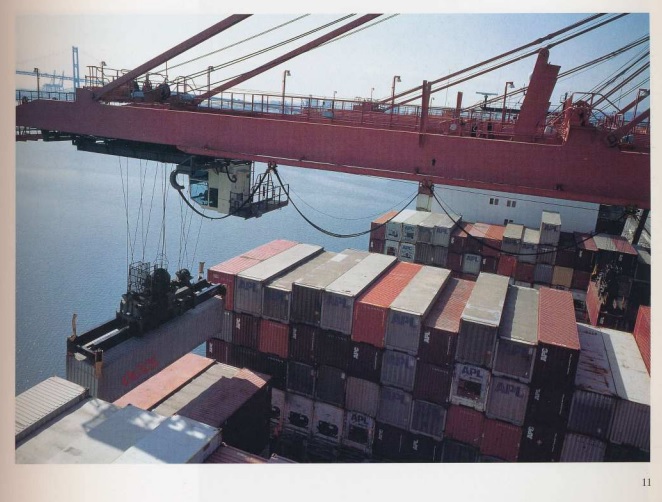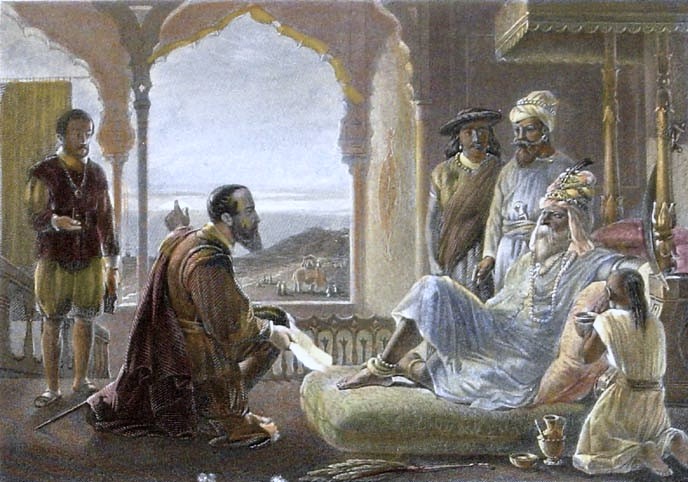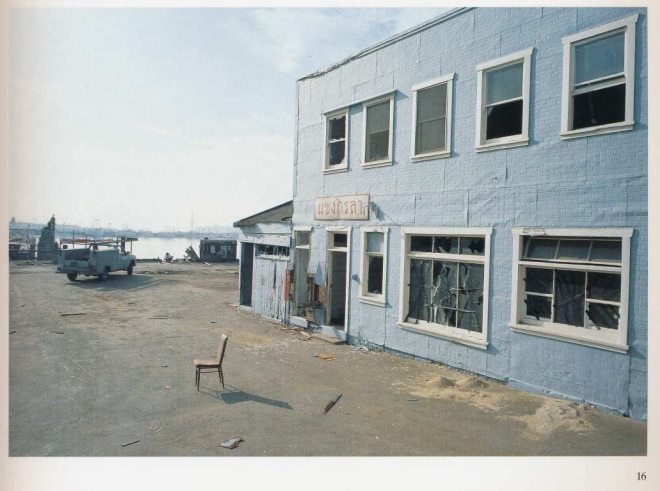Allan Sekula mainly employs the medium photography, infusing it into exhibition, film, and books. He claims that the sea is the “forgotten space – out of sight, out of mind”.

People living in cities are too busy occupied with routines and focused on their daily attempts to climb higher the social ladder. Some may take it for granted that products and materials we have today actually travel far and wide by sea from different ports all around the world. The raw resources experienced being cut, hit, heated, sewed, molded, assembled by various skilled laborers all around the world. They are exported, imported, re-exported, and so on. The exchange of goods and services (Oh, the exploitation of cheap labor and neo-colonialism). The economy – capitalist economy, to be precise.
Sekula argues that international trade, globalization, and everything else that contributes to capitalism throw the world out of balance. In the pursuit of striving greater efficiency and economy success to support our culture of materialism and consumerism, we are usually blinded by the exploitation and increasing inequality between the different worlds in our social reality. Are we forever trapped and enslaved by a system we’ve constructed and followed after all these years? Can we ever escape? Can we create or adopt an alternative that is entirely free of corruption and exploitation? Will the system, or life in general, be completely balanced and just to all? Or are we all slaves, serving both the bigger powers and our own self-interests?
The 16th century – the Age of Discovery… for the Europeans. They traveled in search for new trading routes to the East Indies so as to provide for the growing capitalism in Europe. They wanted to gain wealth by possessing gold, silver, salt, and spices (Oh! and slaves). From the 8th to the 15th century, the Republic of Venice monopolized the spice trade between Europe and the Middle-east. The spices were imported from Africa and Asia.
The Portuguese challenged and dominated Venice by exploring Africa and Asia by sea. Henry the Navigator commissioned sailors to search the path to the Indian Ocean to gain control over spice trade and also to find Prestor John, a legendary king and patriarch that rules over a “Nestorian” (Church of the East), so that he would attain help in the Crusade. The mission was both gold and God (Christianity). Vasco da Gama made it around Africa and across the Indian Ocean to Calicut, on the Malabar Coast. The wealth of the Indies was opened for Europeans to explore and exploit – thus allowing the growth of Portugal’s economy. However, there was tension between the Arab merchants and Portuguese traders in Calicut. The latter were later expelled after the Calicut Massacre. They sought refuge in Cochin. This led to the war between Calicut and Cochin, war between Calicut and the Portuguese, and later alliance between the two against Kunjali Marakkar who defied the Zamorin. In the pursuit of wealth and power, many lives were lost. That seems to be fundamental throughout all these years.

Spanish and Dutch merchants and missionaries began to enter the picture as Portuguese’s power dwindles during 16th century trade by sea routes. Furthermore, Christopher Columbus was ordered to compete with Portugal for the spice trade with Asia. He accidentally landed in the Americas instead of East Indies. That, on the other hand, begins another narrative on the New World in which the evangelical effort went hand-in-hand with colonial conquests.
